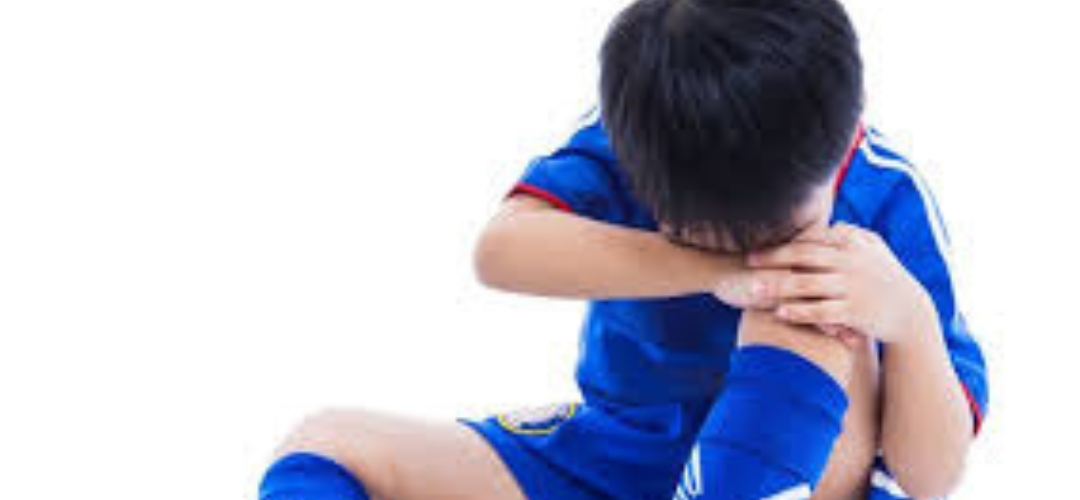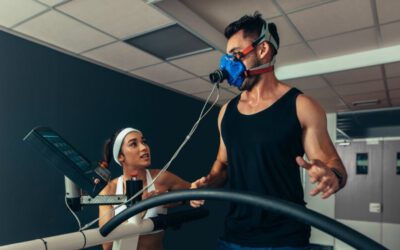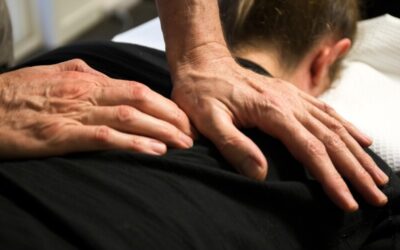Osgood-Schlatter disease is a condition that causes pain and tenderness in the front lower part of the knee. The condition affects active children/adolescents aged 8-15 years old and results from the tendon in the front of the knee placing too much stress on the bone where it attaches at the top of the shin. The reason that this only occurs in children/adolescents is that when we grow, our bones and cartilage tend to grow much faster than our muscles and tendons. The slower lengthening of the muscles leads to increased stretch force at their attachment point which the immature growing bone cannot cope with, leading to inflammation and pain. In the late stages of the condition, the irritation of the bone can lead to increased bone growth resulting in a permanent bony lump in the front of the knee.
Signs and Symptoms
- A painful, tender area at the top of your shin.
- Pain with activities that load the quadriceps such as running, jumping, squatting and hopping
- Firm bony lump under the area of tenderness
- Pain reduces with rest
- Often occurs after a growth spurt
Osgood-Schlatter Treatment
Osgood-Schlatter disease is a self-limiting condition which means that it will resolve by itself once the child has stopped growing and the growth plate at the top of the shin fuses, however, this can take anywhere from 12-24 months to occur. During this time it is safe to continue to exercise and for this reason, treatment focuses on managing the symptoms and minimising the load on the knee to reduce pain and allow the child to continue to participate in sport and exercise. With appropriate treatment, the symptoms/pain can be resolved within a matter of weeks to months and then managed until the child has finished growing. Your physiotherapist will work with you to design a load management strategy based on your priorities and goals so that you can continue to perform and compete at your best with minimal discomfort.
Treatments can include:
- Rest / Activity modification /Reduced activity
- Ice
- Taping/bracing
- Stretching
- Massage
- Foam rolling
- Correcting biomechanical issues
- Quadriceps strengthening
What is Exercise Physiology? All You Need to Know
Join us as we delve deep into the world of exercise physiology, unravelling how our bodies respond and adapt to physical activity and the science behind these changes. We will introduce you to the expertise of exercise physiologists who craft personalised exercise...
What is Remedial Massage and How Can It Benefit You?
What is remedial massage? Remedial massage is a holistic approach to healthcare that helps to alleviate pain and discomfort in the body. This type of massage therapy involves using specific techniques that target the root cause of the problem, rather than just...
Embrace the Great Outdoors: 5 Steps to Prepare for ‘Take a Hike Day’
Are you ready to lace up your hiking boots and hit the trails? 'Take a Hike Day' is just around the corner on the 17th of November, and it's the perfect opportunity to reconnect with nature, get some exercise, and clear your mind. We, at Mid North Coast Allied Health,...



